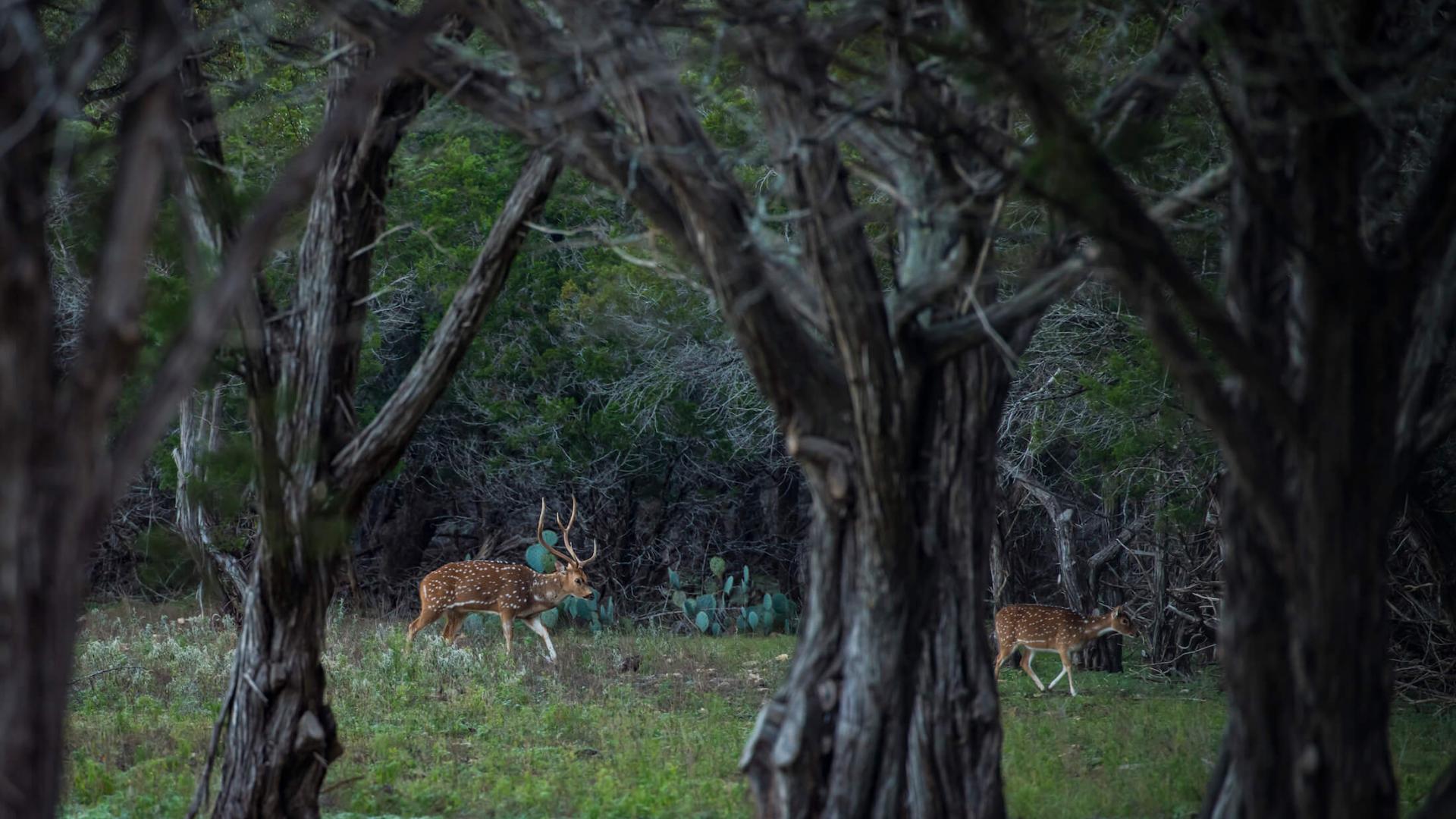Exploring the Adventure of Hunting Adventures in Diverse Landscapes
The search of searching in varied landscapes provides an interesting intersection of ability, strategy, and regard for nature. Each terrain, from the majestic elevations of the mountains to the complex communities of marshlands, supplies unique obstacles and benefits that can significantly form the hunting experience. Comprehending these diverse atmospheres not just improves the adventure of the chase but additionally deepens one's connection to the environment. As we take a look at the unique attributes of each setting, it ends up being clear that the journey extends beyond the quest itself, resulting in concerns concerning preparation, attitude, and the ethical ramifications of the sporting activity.
Hill Hunting Experiences
As seekers ascend the sturdy terrain of mountainous regions, they typically run into an unique blend of challenges and benefits that define the mountain hunting experience. The altitude and steep inclines demand not only physical endurance but also tactical planning. Navigating rocky outcrops and variable weather condition conditions can evaluate even the most seasoned hunters.
The primary allure of mountain searching exists in its spectacular landscapes and the chance to go after elusive game species, such as hill goats or elk, which are adjusted to these rough settings. Identifying and stalking these animals frequently requires an eager understanding of their actions and environment, making each successful encounter profoundly pleasing.

Nonetheless, safety remains vital; seekers have to equip themselves with suitable gear and understanding to take care of the uncertain elements of the mountains. In general, mountain hunting provides a compelling mix of journey, ability, and regard for the all-natural globe that remains to bring in fanatics time after time.
Woodlands: The Heart of the Hunt
Immersed in the thick plant of woodlands, seekers take part in a multifaceted experience that incorporates approach, ability, and an extensive link to nature. Woodland hunting provides distinct difficulties and benefits, as the thick underbrush and towering trees create a complex setting for both killer and target. The aspect of stealth ends up being critical, needing hunters to browse calmly with the foliage, attuned to the sounds and activities of wild animals.
In these environments, the diversity of species includes in the exhilaration. From deer and swine to smaller video game, each quest demands a tailored approach. Recognizing pet behavior and environment choices is important for success. The forest's intricate routes and natural obstacles usually dictate hunting approaches, demanding adaptability and quick decision-making.

Open Plains and Video Game Monitoring
Open levels use a large expanse that offers unique opportunities and obstacles for seekers participated in video game tracking. The open landscape permits presence over fars away, allowing hunters to detect game such as antelope, deer, or wild turkey from afar. Nonetheless, this exact same openness can make it testing to technique without being discovered, as pets have an unblocked view of their environments.
Successful video game tracking in these settings requires an eager understanding of animal habits, specifically their watering, feeding, and migration patterns. Expertise of the terrain is vital; hunters should recognize features such as verdant ridges, watering holes, and all-natural cover that can assist in calculated positioning. useful site Wind instructions plays an important duty in reducing scent discovery, demanding careful planning in technique.
Making use of tracking methods, such as observing tracks, droppings, and feeding indicators, can provide important understandings right into pet movements. The capability to adjust and read the land to shifting conditions improves the chance of a successful hunt. Eventually, the excitement of monitoring video game throughout open levels exists not just in the pursuit but likewise in the mastery of skills that link seekers to the wild landscape they browse.
Coastal and Marshland Adventures
The distinct environment of coastal and marshland locations offers seekers with a various set of chances and difficulties contrasted to the substantial open levels. These rich communities, identified by a mix of saltwater and freshwater environments, offer diverse wild animals, including waterfowl, migratory birds, and numerous tiny game species. The dynamic nature of tides and seasonal changes can considerably affect game accessibility, needing hunters to adapt their methods appropriately.

In addition, climate problems, such as high winds and rainfall, can play a substantial duty in searching experiences (free range axis hunts in Texas). Therefore, preparation and knowledge of local conditions are paramount. Inevitably, seaside and marshland journeys use an exhilarating hunting experience that challenges also one of the most experienced hunters, highlighting the significance of adaptability and ecological recognition
Tips for Diverse Surface Hunting
Browsing varied terrains requires a critical technique to optimize hunting success. Each landscape presents one-of-a-kind difficulties and chances that seekers need to comprehend to thrive.
To start with, familiarize yourself with the certain qualities of the surface-- whether it be mountainous, forested, or dry. Studying topographic maps and satellite imagery can provide understandings into the most effective paths and potential video game trails. free range axis hunts in Texas. Furthermore, consider the climate patterns, as they can significantly affect animal activity and habits
Second of all, adapt your equipment to suit the atmosphere. Lightweight gear is essential for mountainous areas, while water resistant tools is essential for marshland. Constantly guarantee that your camouflage straightens with the natural colors and appearances of the landscape to enhance cover-up.
Furthermore, method perseverance and observation. Hang around silently scanning your surroundings; lots of pets are proficient at mixing right into their environment. Utilize phone calls and aromas that mimic regional wild animals to attract your target.
Lastly, collaborate with knowledgeable seekers knowledgeable about the get more terrain. Their understanding can use important suggestions and boost your total success while ensuring security in unknown landscapes. By utilizing these weblink approaches, seekers can effectively navigate diverse terrains and boost their possibilities of a fulfilling journey.

Final Thought
The exploration of searching experiences throughout diverse landscapes discloses the intricate partnership between people and nature. Each environment, from rugged hills to thick forests, open levels, and coastal marshlands, presents one-of-a-kind difficulties that enhance the searching experience.
Each terrain, from the magnificent elevations of the mountains to the intricate ecological communities of marshlands, uses distinct obstacles and benefits that can dramatically form the hunting experience.As seekers ascend the rugged surface of hilly regions, they often come across a distinct mix of challenges and incentives that define the mountain searching experience. Forest searching presents special challenges and benefits, as the thick underbrush and imposing trees produce an intricate environment for both killer and prey. Eventually, seaside and marshland adventures use an awesome hunting experience that challenges also the most seasoned hunters, highlighting the relevance of adaptability and environmental recognition.
Each environment, from tough hills to thick forests, open plains, and coastal marshlands, provides one-of-a-kind challenges that improve the searching experience.